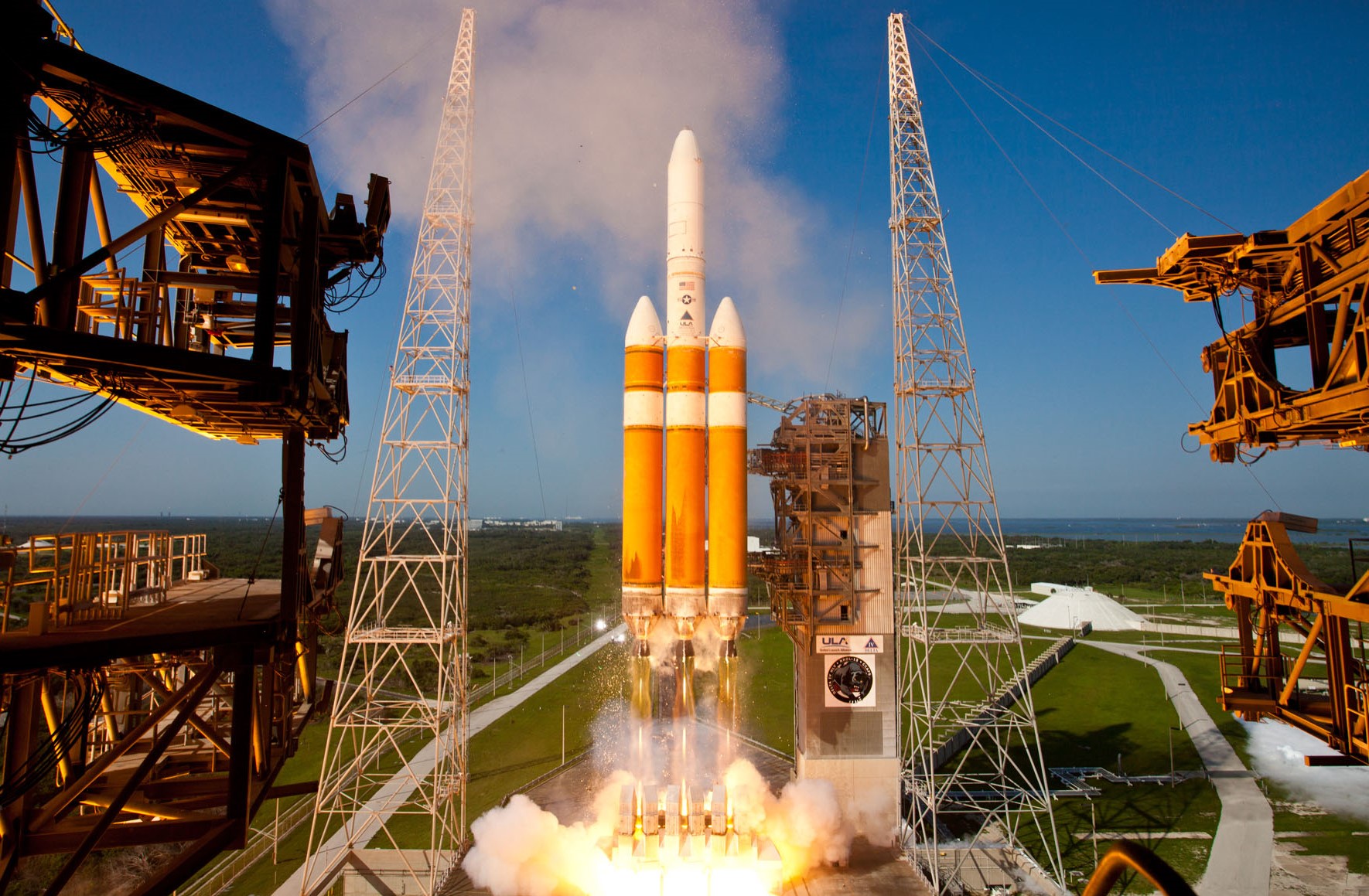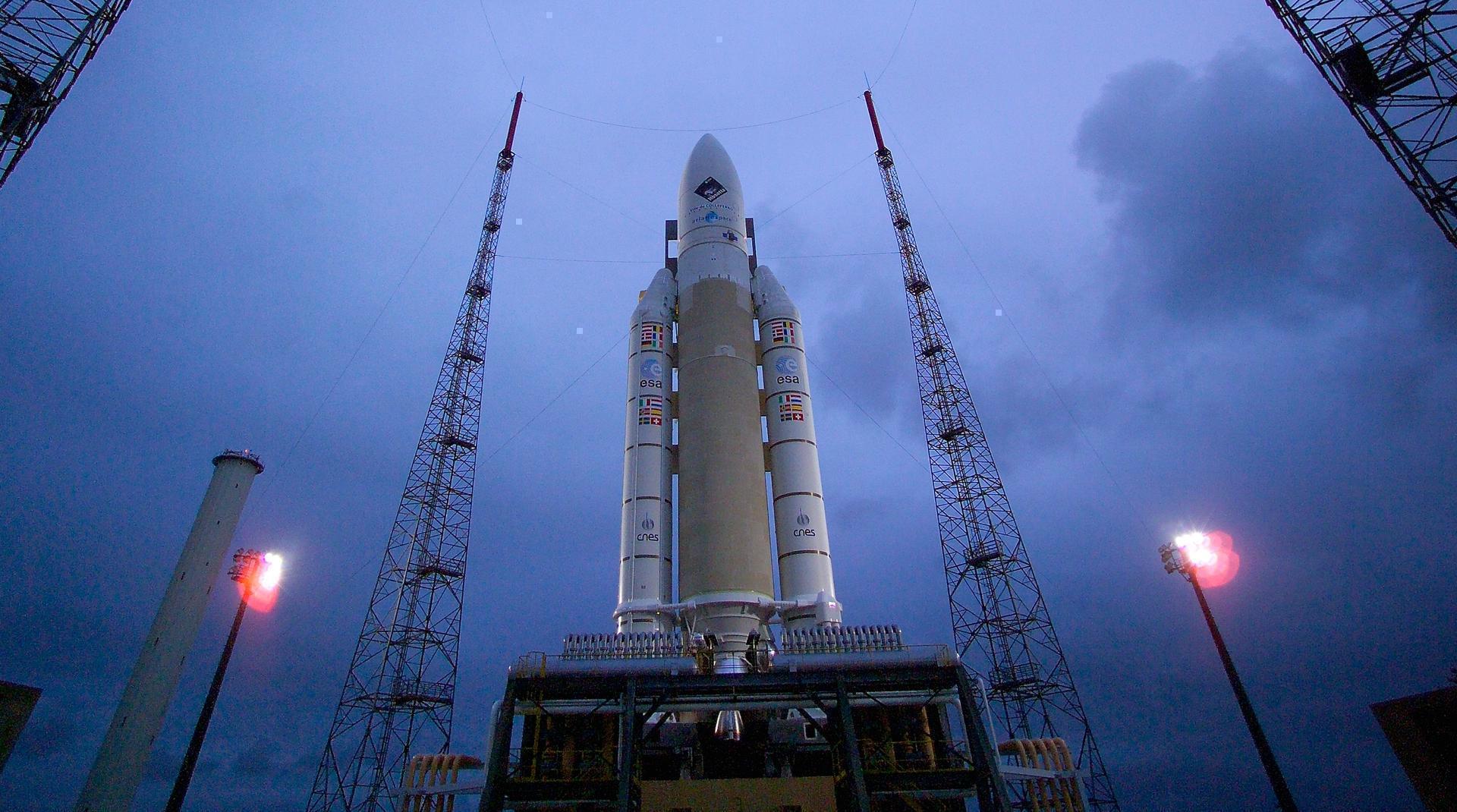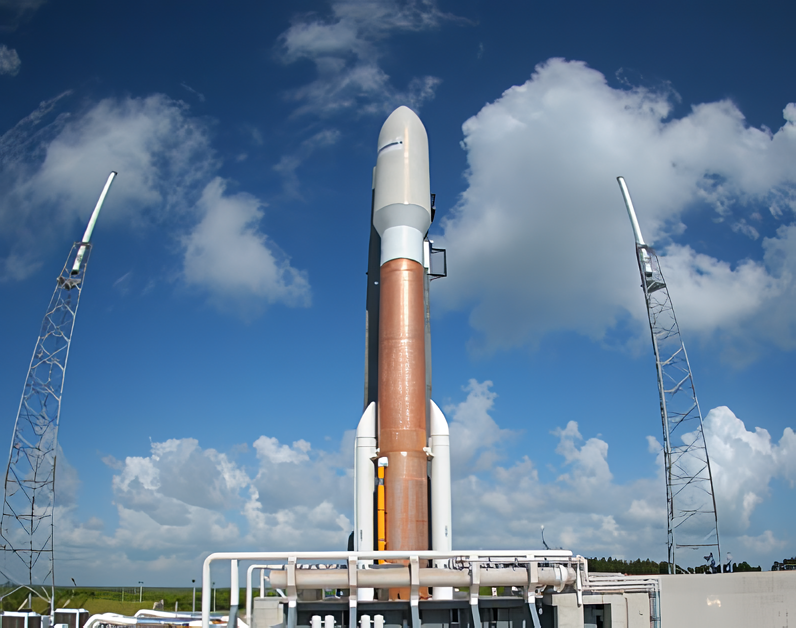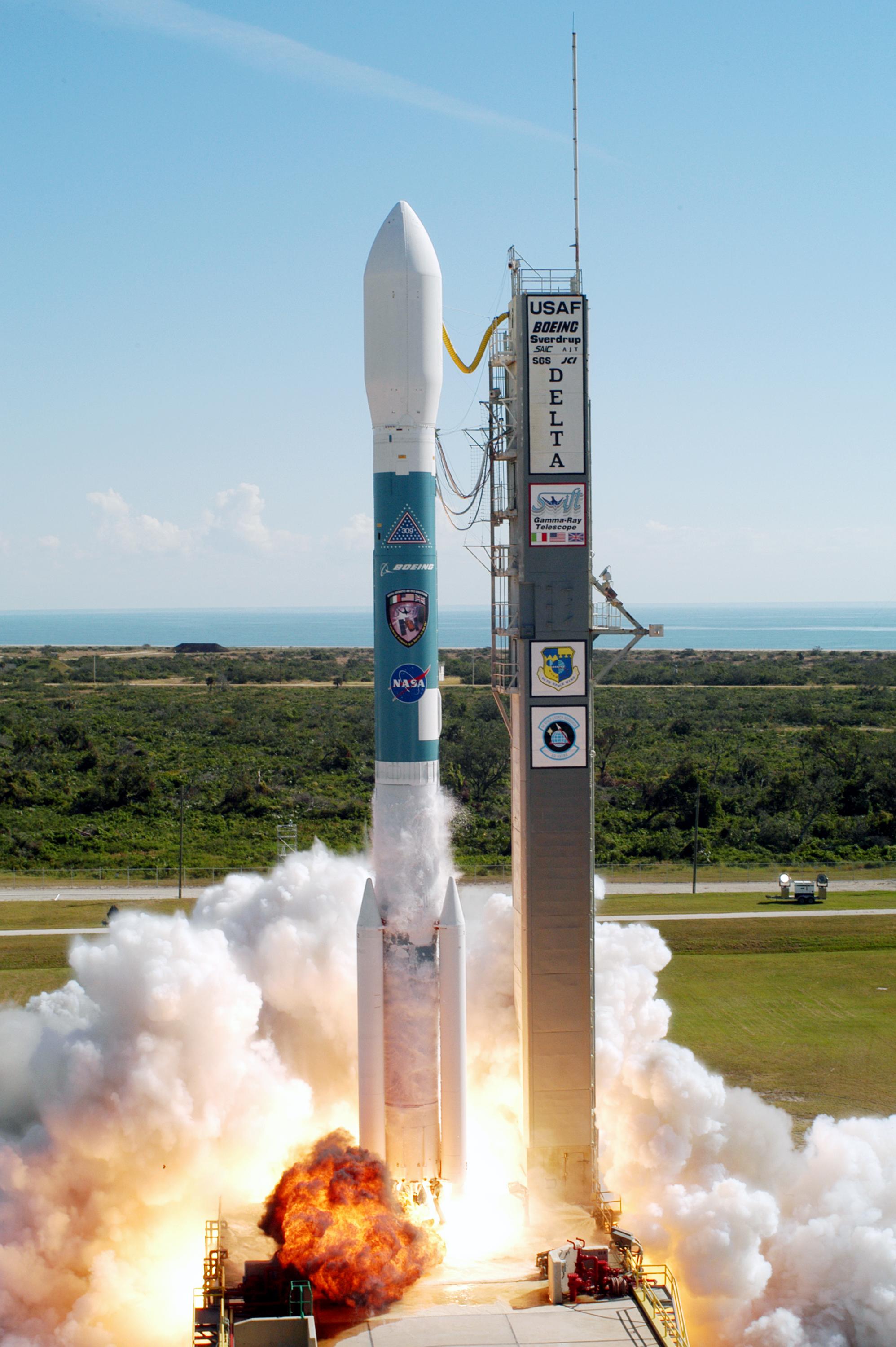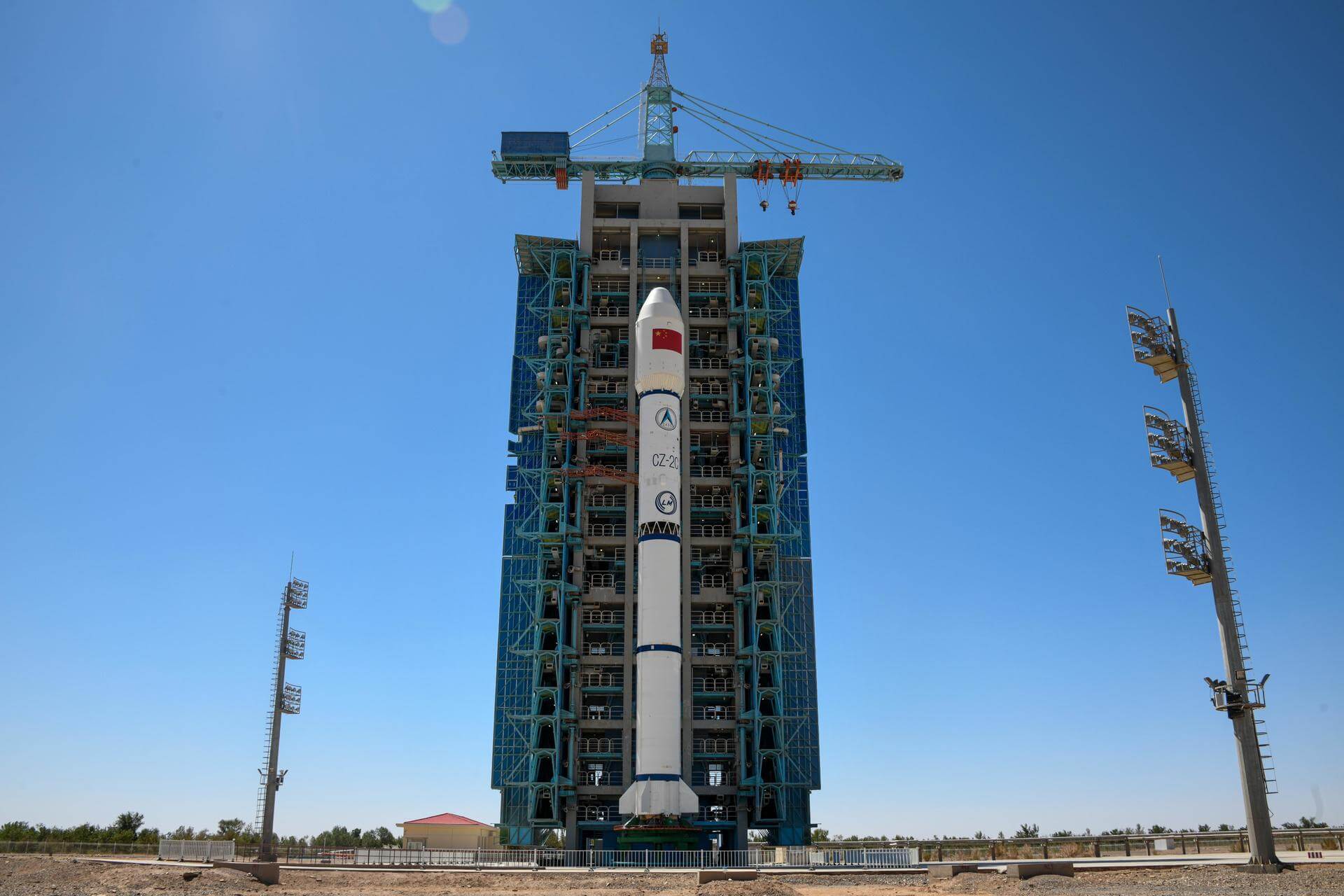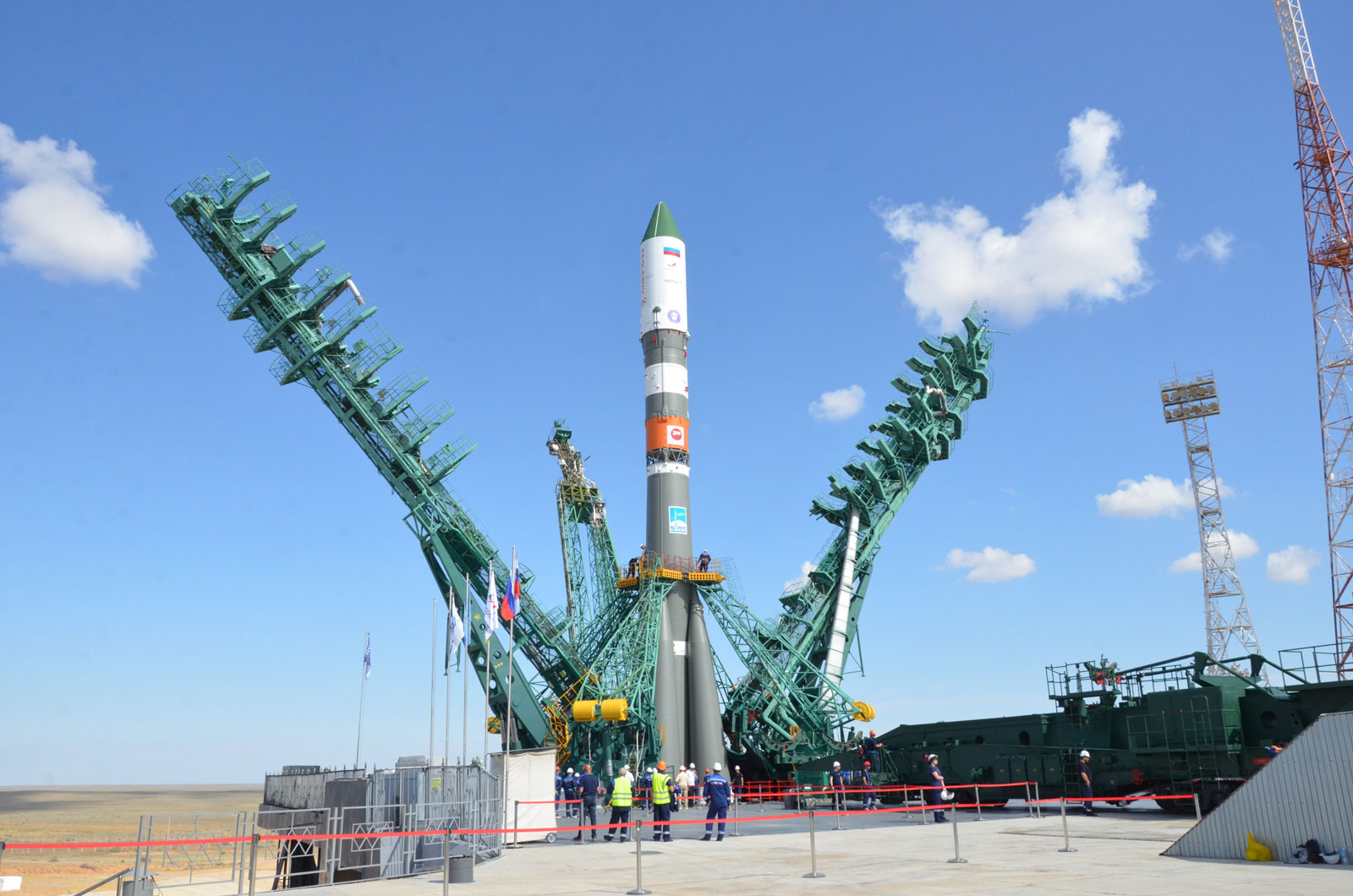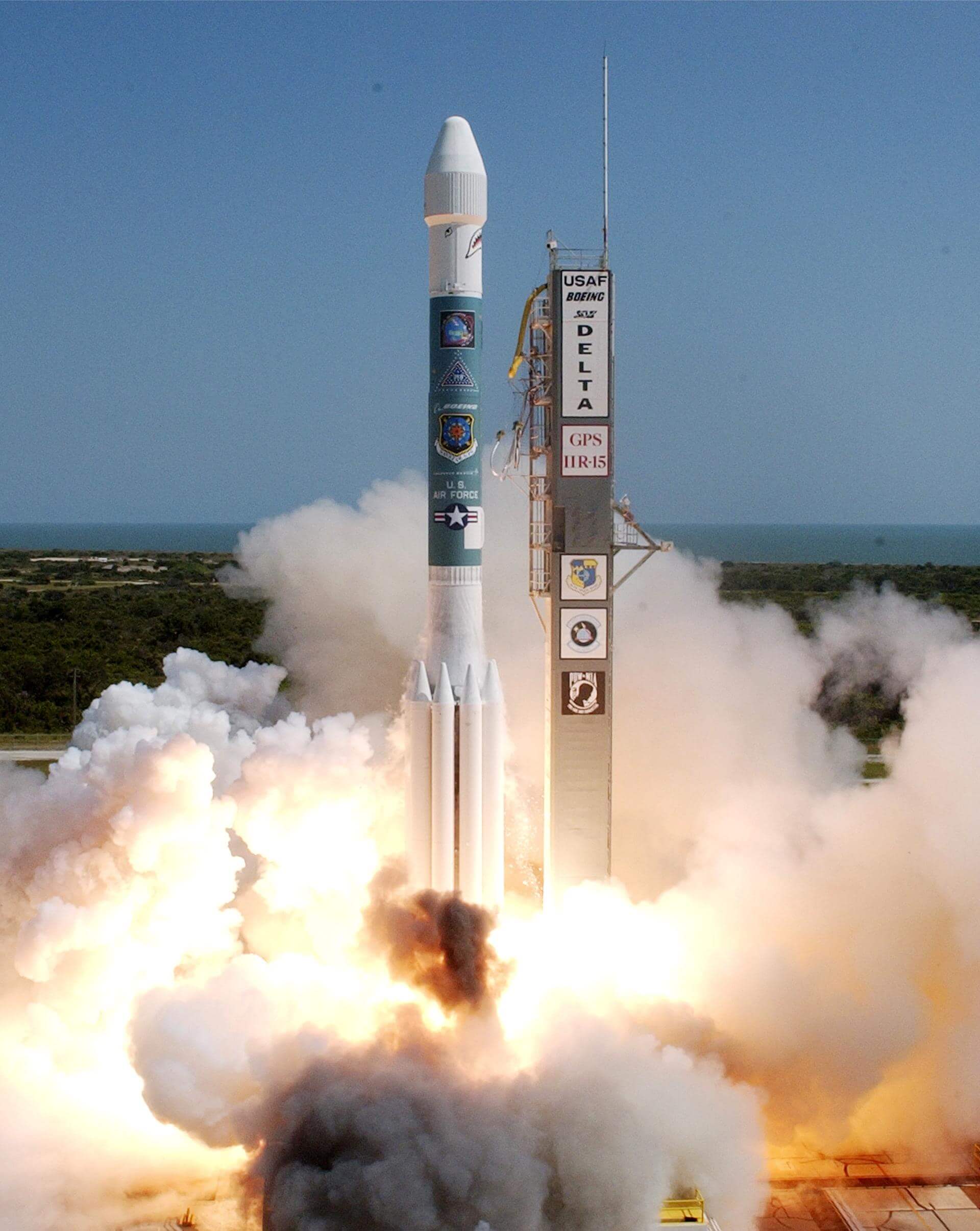Previous Spaceflight Launches
Filter by Agency, Locations or Vehicles
Show All LaunchesProton | Uragan 85, 86 & Uragan-M 3
Khrunichev State Research and Production Space Center | RussiaBaikonur Cosmodrome, Republic of Kazakhstan
Dec. 26, 2004, 1:53 p.m.
Tsiklon-3 | Sich-1M
Yuzhnoye Design Bureau | UkrainePlesetsk Cosmodrome, Russian Federation
Dec. 24, 2004, 11:20 a.m.
Soyuz U | Progress M-51
Russian Federal Space Agency (ROSCOSMOS) | RussiaBaikonur Cosmodrome, Republic of Kazakhstan
Dec. 23, 2004, 10:19 p.m.
Delta IV Heavy | Demosat and 3CS-1 & 2
United Launch Alliance | United States of AmericaCape Canaveral SFS, FL, USA
Dec. 21, 2004, 9:50 p.m.
Ariane 5 G+ | Helios 2A, Essaim 1, 2, 3, 4, PARASOL, Nanosat 01
ArianeGroup | FranceGuiana Space Centre, French Guiana
Dec. 18, 2004, 4:26 p.m.
Atlas V 521 | AMC 16
United Launch Alliance | United States of AmericaCape Canaveral SFS, FL, USA
Dec. 17, 2004, 12:07 p.m.
Delta II | Swift
United Launch Alliance | United States of AmericaCape Canaveral SFS, FL, USA
Nov. 20, 2004, 5:16 p.m.
Long March 2C | Shiyan Weixing 2
China Aerospace Science and Technology Corporation | ChinaXichang Satellite Launch Center, People's Republic of China
Nov. 18, 2004, 10:45 a.m.
Soyuz 2.1a | GVM Oblik
Progress Rocket Space Center | RussiaPlesetsk Cosmodrome, Russian Federation
Nov. 8, 2004, 5:29 p.m.
Status: Launch Successful
Mission:
Oblik-Dummy was Zenit-8 (Oblik) spy sat, which has been in storage long beyond its service live and was converted to an instrumented dummy payload for the maiden launch of the new Soyuz-2-1a launch vehicle. The photographic equipment was removed and the vehicle was fitted with vibration and thermal sensors designed to measure the launch environment of the new launch vehicle.
Low Earth OrbitDelta II | GPS IIR-13
United Launch Alliance | United States of AmericaCape Canaveral SFS, FL, USA
Nov. 6, 2004, 5:39 a.m.
Status: Launch Successful
Mission:
Launch delayed from September 22, October 8, 25 and 30, November 5. Fired its apogee motor at around 02:40 GMT on November 9 to transfer from its initial 159 x 20380 km x 39.1 deg transfer orbit to its operational orbit in the GPS constellation..
Medium Earth Orbit


